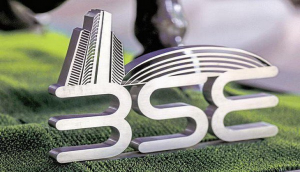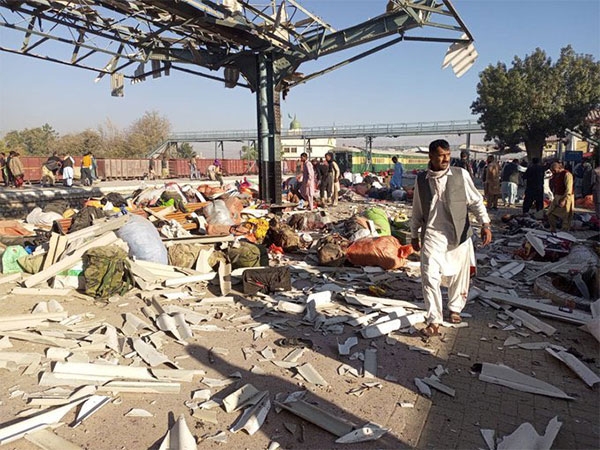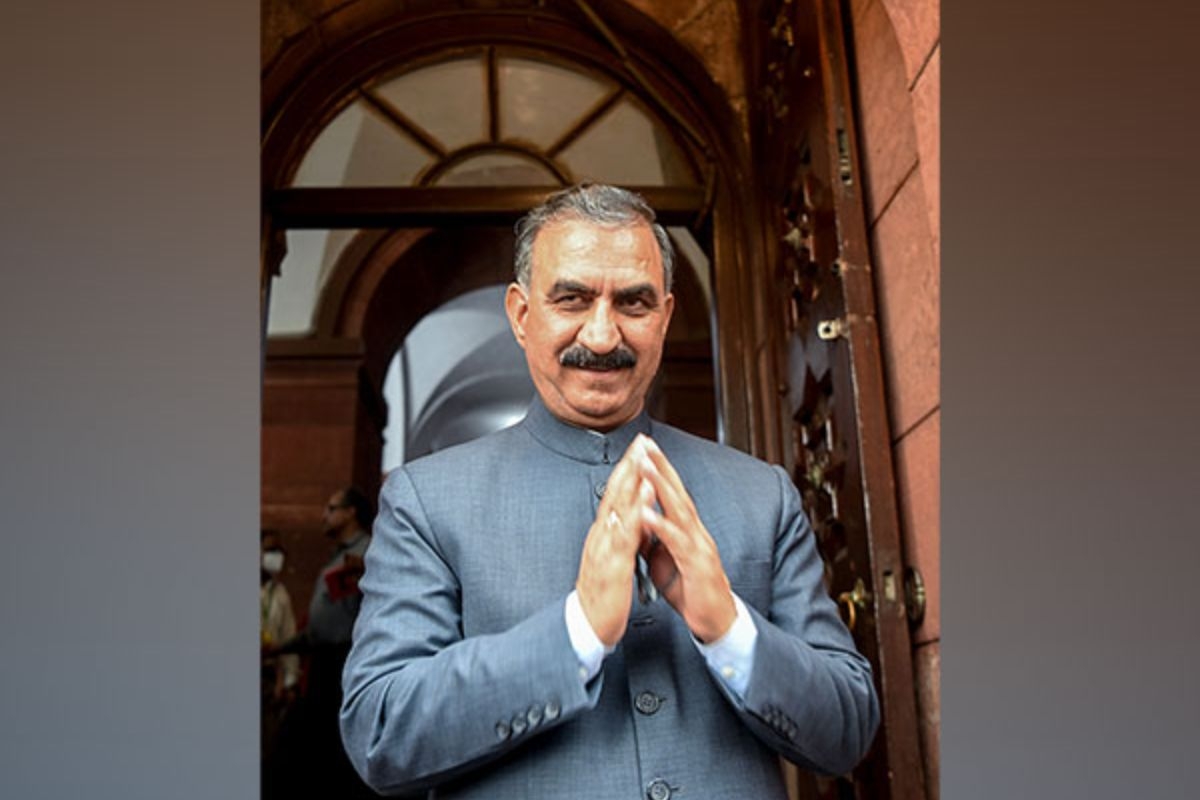The face-off: Did Reliance 'steal' gas from the State? What can ONGC do now?

The latest charge against the company, owned by the country's richest man Mukesh Ambani, is that it stole gas from the state-owned ONGC's offshore gas field in the Krishna Godavari Basin.
The two entities are now in the midst of a bitter face-off.
The Krishna Godavri Basin was once touted as India's richest gas field and was bid out in 1999.
RIL started production from the fields allocated to it in 2009. ONGC also first struck gas in its allotted block in 2009 and has since made 11 more discoveries.
What's the fight about?
In 2013, ONGC claimed that RIL had deliberately drilled wells close to its block and siphoned off a significant amount of gas.
When RIL paid no heed to the complaints, ONGC moved the Delhi High Court in May 2015.
In 2013, ONGC claimed that RIL had deliberately drilled wells close to its block and siphoned off a significant amount of gas.
RIL countered that ONGC's charges were baseless since it was technically not possible to draw gas out of an adjoining field.
It also claimed that it had extracted the gas as per the Field Development Plan approved by the Directorate General of Hydrocarbons, or DGH.
To resolve the matter, the DGH, with the consent of both ONGC and RIL, appointed the US-based consultant DeGoyler and MacNaughton to survey the fields in question and test the two companies' respective claims.
What does the report say?
In its report this week, the consultant has hinted at "connectivity" between ONGC's G-4 block and RIL's KG-D6. More plainly, ONGC's claims seem true and RIL may be liable to pay for the "stolen" gas.
According to estimates, RIL has drawn 58.7 billion cubic metres of gas from the contentious wells as of 31 March 2015. Of this, as much as 11.9 billion cubic metres may belong to ONGC.
ONGC pegs the value of the "stolen" gas at Rs 11,000 crore, based on the 2013 market price of $4.2 per unit.
What are the fault lines?
Both, RIL and ONGC had got the KG basin blocks in 1999. While RIL put its blocks on stream in 2009, ONGC kept looking for a foreign partner for a technology tie up.
In 2007, ONGC had farmed out 15% of its stake in the KG-DWN-98/2 block -- which sits next to Reliance Industries' KG-D6 block -/ to Brazil's state-controlled oil firm Petrobras.
When RIL paid no heed to the complaints, ONGC moved the Delhi High Court in May 2015.
Another 10% interest was given to Norway's Norsk Hydro (now Statoil Hydro).
However, the Ministry of Petroleum and Natural gas and its technical arm DGH did not approve the equity participation of the foreign companies. In 2010, the two firms walked out of the deal.
For many years, thereafter, ONGC kept looking for a technology based tie-up with foreign companies for a fee, but no company showed any interest. Finally, the company decided to go solo to develop the blocks with an investment of Rs 40,000 crore.
All these years, ONGC declared many oil & gas discoveries in the KG basin area. The last find in the KG basin by ONGC was in September 2015, taking the number of finds to 13. Even as ONGC was building up its discoveries, RIL with its drilling operations in the adjacent block was allegedly drawing gas from the former's fields.
As per the latest plans of ONGC, the company is looking to go into production of gas from its KG basin block from mid 2018. However, if one goes by the findings of the D&M report, ONGC may not be able to take out any gas from its fields as the pressure in the gas field of ONGC has fallen from 3900 pounds per square inches (PSI) to just around 1200 PSI, rendering the gas field unviable for gas production.
Last year, RIL filed an arbitration suit against the government for not raising natural gas price
The question is, will RIL pay?
Going by past experience, it looks highly unlikely that the company will pay damages even if the government, based on the consultant's report, finds it responsible for stealing ONGC's gas.
RIL is already contesting three arbitration suits related to the KG Basin with the government, while a case each is pending in Delhi and Bombay high courts as well.
The company's high-profile lawyers have proved too good for any state prosecutor so far. They have managed to stretch the cases out endlessly.
RIL's pending cases
- RIL won a global bid to supply gas at a price of $2.4 per unit to the state-owned electricity generator NTPC. The company later refused to supply the gas for less than $4.2 per unit and went to the Bombay High Court in 2006.
- After the famous split between the Ambani brothers in 2005, RIL refused to supply gas to Reliance Natural Resources Ltd, owned by Mukesh Ambani's brother Anil. The case eventually went to the Supreme Court, which ruled in favour of RIL.
- In 2011, a CAG report accused RIL of violating its production sharing contract and overestimating capital expenditure on developing KG-D6.
- When, based on this report, the government refused to let RIL recover its claimed expenditure of $2.3 billion by selling gas from the fields, the company sent it an arbitration notice on 23 November 2011. The matter is still pending.
- In 2014, RIL filed another arbitration suit against the government for not raising the price of natural gas from 1 April 2014.
What are the options ahead for ONGC?
Being a government owned company, ONGC's management does not have much say in fighting for its rights. The case of NTPC is an example where the government did not take an aggressive stance against RIL for breaching the terms for a signed contract.
RIL, on the other hand, got an empowered group of ministers' under the UPA government to declare an increased price for natural gas in the country. Later on, a Supreme Court ruling in favour of a higher price for gas made the NTPC's argument weak, following which the company did not pursue its case aggressively and it is still pending in the Bombay High court.
In 2006, RIL won a bid to supply gas to NTPC at $2.4/unit, but then refused to sell for less than $4.2
In the case of ONGC vs RIL, the same story is being repeated. The government took two years to listen to ONGC's demand to raise the issue of gas theft by RIL and appoint an international consultant to verify the claims of the PSU.
Now that the report submitted by D&M is with the DGH, it is upto the government whether it convinces RIL to give compensation to ONGC or goes to the High Court.
Given this history, it will certainly be years before RIL pays ONGC for the "stolen" gas, if it does so at all.







![BJP's Kapil Mishra recreates Shankar Mahadevan’s ‘Breathless’ song to highlight Delhi pollution [WATCH] BJP's Kapil Mishra recreates Shankar Mahadevan’s ‘Breathless’ song to highlight Delhi pollution [WATCH]](https://images.catchnews.com/upload/2022/11/03/kapil-mishra_240884_300x172.png)

![Anupam Kher shares pictures of his toned body on 67th birthday [MUST SEE] Anupam Kher shares pictures of his toned body on 67th birthday [MUST SEE]](https://images.catchnews.com/upload/2022/03/07/Anupam_kher_231145_300x172.jpg)






